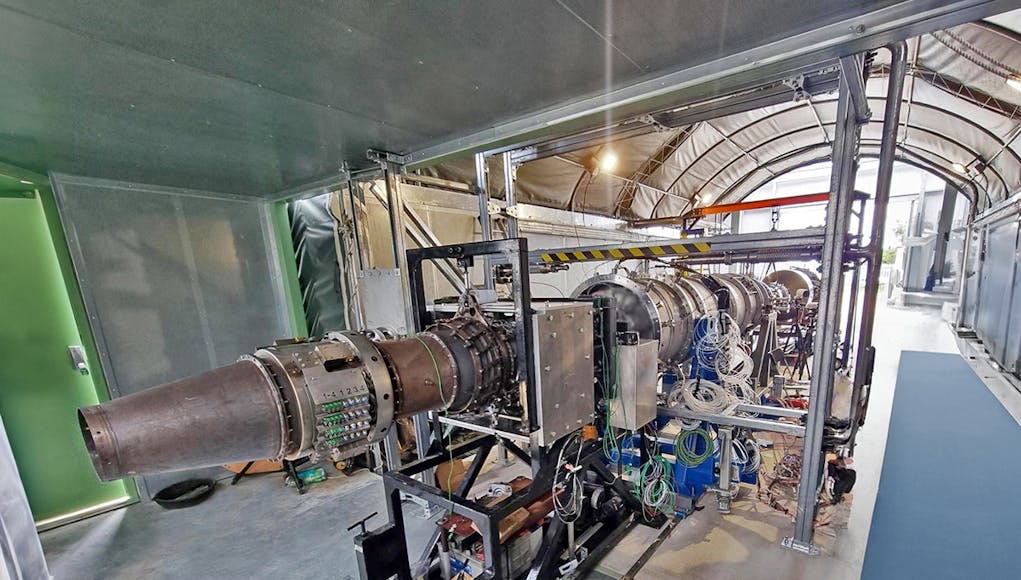STILL IN DEVELOPMENT
British firm hits key milestone in hypersonic engine test

By George Allison
- August 18, 2024
Reaction Engines has announced a significant advancement in hypersonic propulsion technology, achieving a major milestone in the development of its propulsion system designed for high-Mach air vehicles, according to a press release from the company.
The breakthrough was made during ground-based testing, where the company successfully integrated its precooler technology with existing jet-engine architecture, demonstrating sustained Mach 3.5 operating conditions.
The testing involved coupling Reaction Engines’ precooler with a modified Rolls-Royce jet engine, simulating a propulsion system intended for an unpiloted, reusable high-Mach air vehicle.
Initially, the system achieved sustained Mach 2.3 operating conditions, which exceeds the maximum operating speed of the Concorde. The test then progressed to Mach 3.5, matching the airspeed record of the SR-71, the fastest air-breathing aircraft ever built.
In addition to the precooler technology, Reaction Engines is working on developing and testing new intake designs and technologies aimed at hypersonic capabilities. The company is currently manufacturing and assembling hardware for a full-scale ground-based high-Mach thermomechanical test, while sub-scale aerodynamic wind-tunnel testing is ongoing to evaluate intake performance under various supersonic conditions.
“As the world’s most advanced heat exchanger technology company, this significant milestone is a testament to our relentless efforts to develop novel, innovative, reusable and affordable propulsion systems for hypersonic air vehicles at pace,” said Mark Thomas, Chief Executive of Reaction Engines, in the press release.
“This capability is transferrable to thermal management solutions for multiple applications and mission profiles.”
While this advancement is a critical step forward in Reaction Engines’ pursuit of hypersonic flight, the technology is still in the testing phase. The focus remains on the broader potential applications of the propulsion system in high-Mach air vehicles.
No comments:
Post a Comment